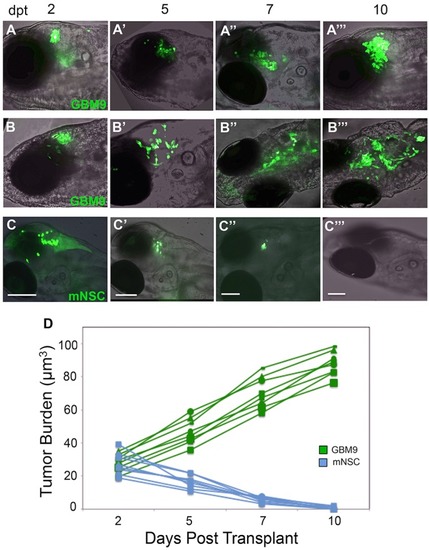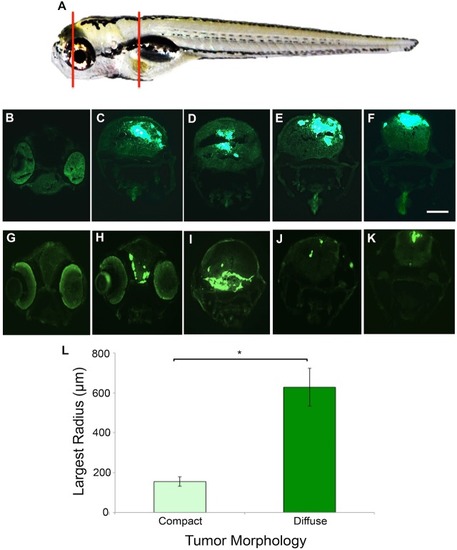- Title
-
Correction: Standardized orthotopic xenografts in zebrafish reveal glioma cell-line-specific characteristics and tumor cell heterogeneity
- Authors
- Welker, A.M., Jaros, B.D., Puduvalli, V.K., Imitola, J., Kaur, B., Beattie, C.E.
- Source
- Full text @ Dis. Model. Mech.
|
|
|
|
|
|



